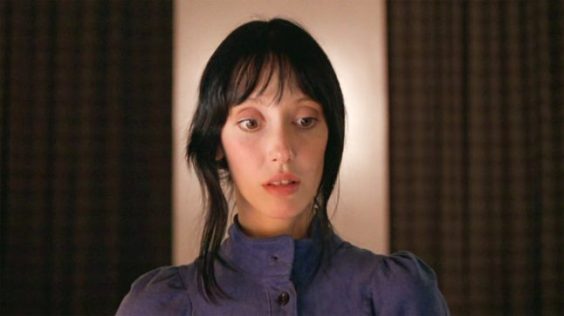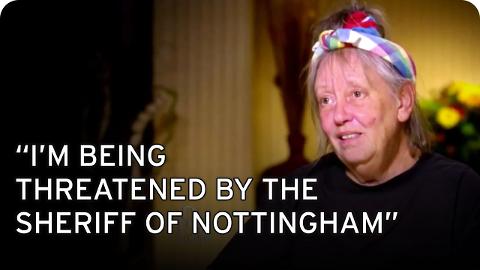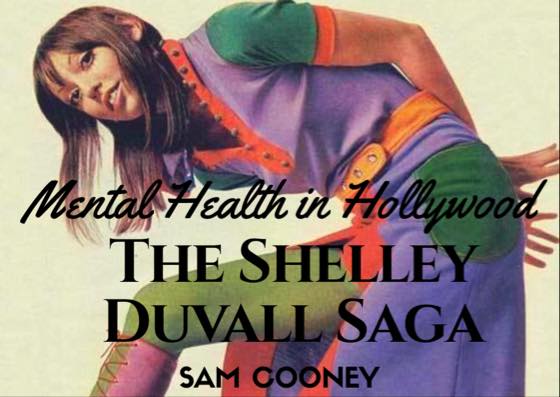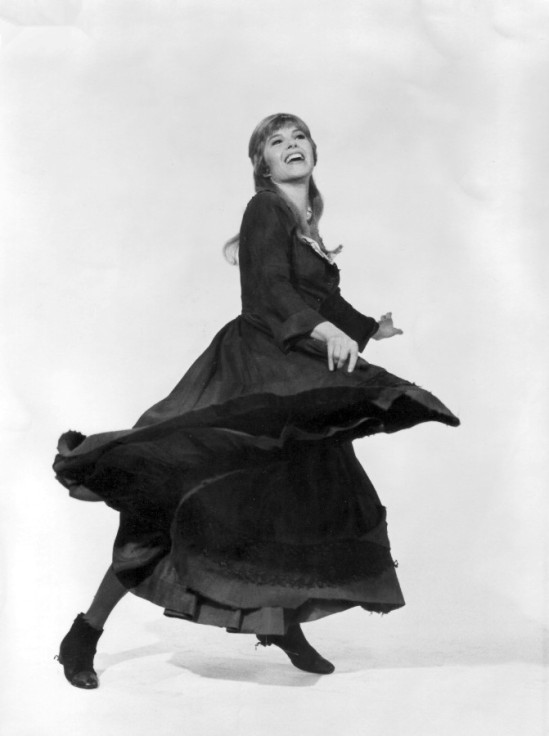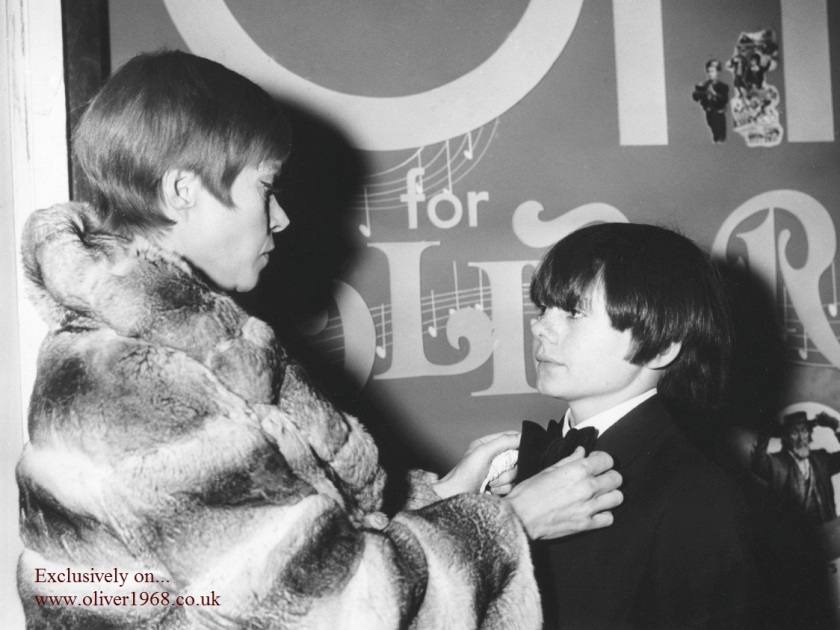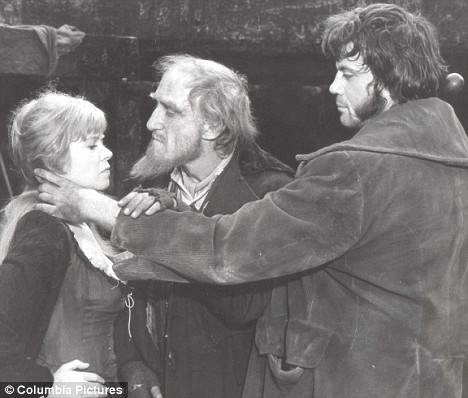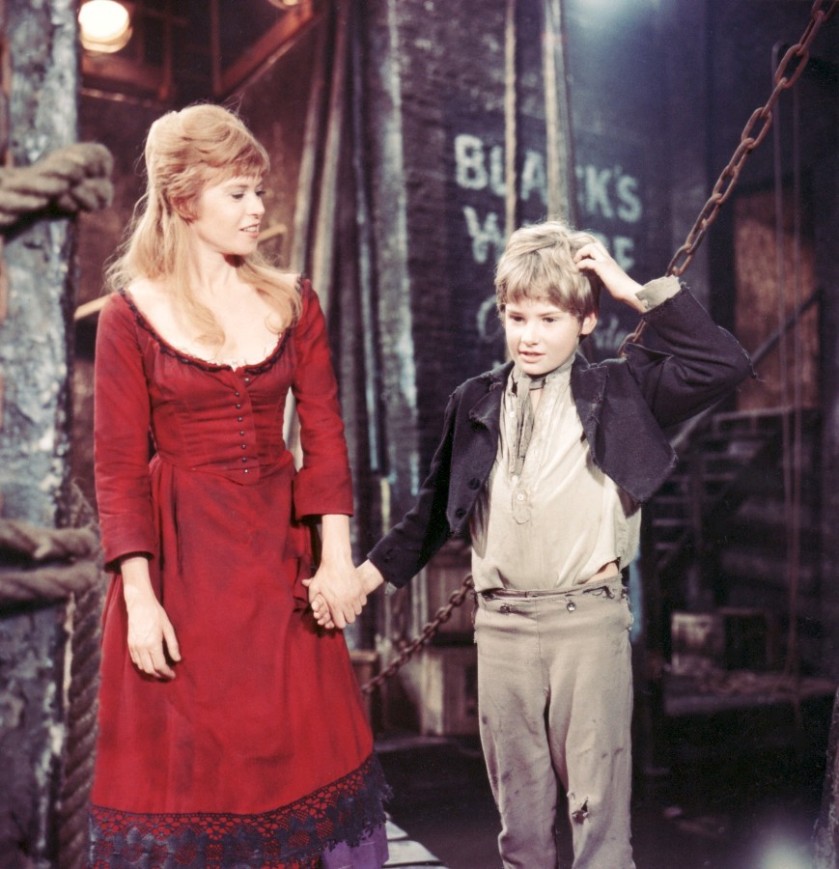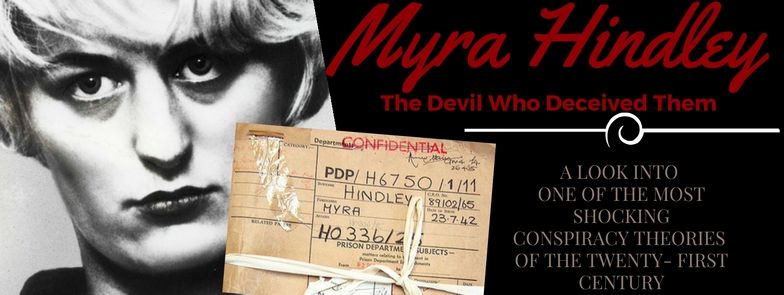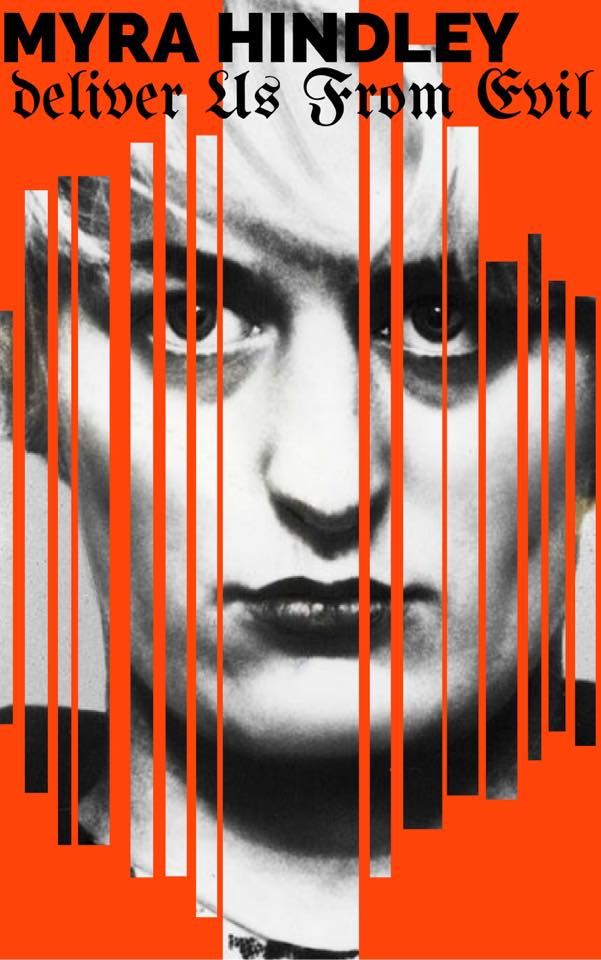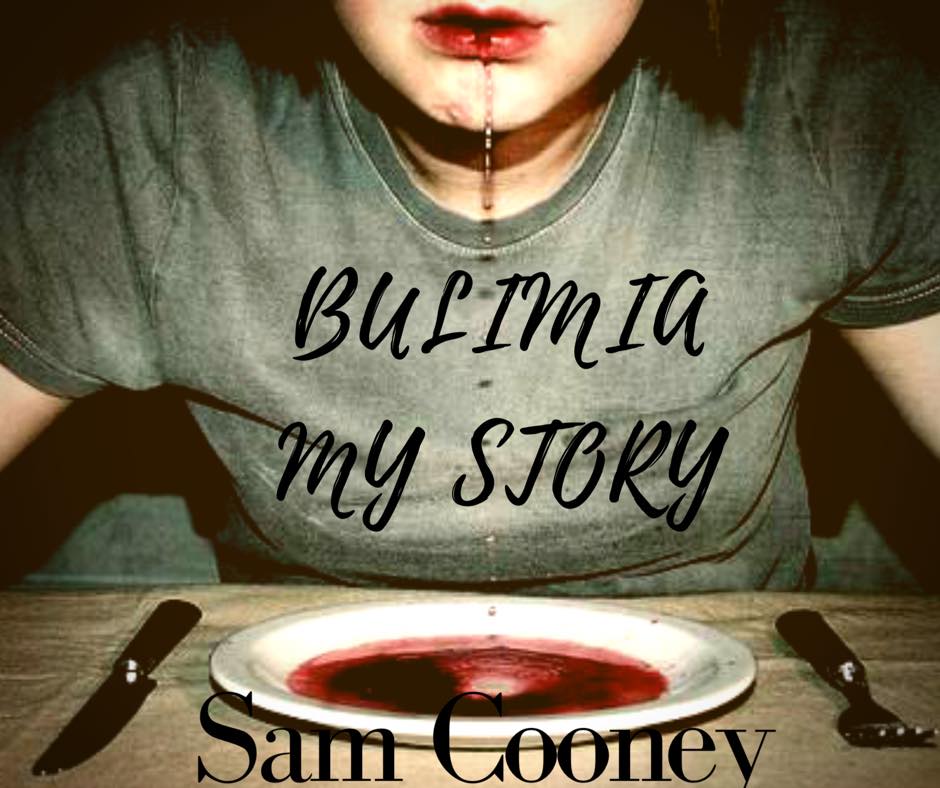“…Hindley’s name was only ever used in Tabloid news with the qualifying adjective: evil…”
-Hindley’s Obituary: The Sun: 2002

When looking at the notion of Female Serial Killers, no one, past or present has had the lasting notoriety or faced the public prosecution like Myra Hindley. Hindley has become a national figure as the feminine “personification of evil” (Downing, L: 2013: p100) and was, for years, dubbed as “the most hated woman in Britain”. (Downing, L: 2013: p100). Since being arrested in 1965, along with her partner; Ian Brady, on suspicion of the murders of 5 children, Hindley has become synonymous with adjectives such as “calculating”, “monstrous”, “manipulative” and “evil” and her name has been front page news from her arrest in 1965, through to posthumous stories, headlines, documentaries, books and dramas.
On the whole, society is simply unable to process Myra Hindley as a person or the crimes she committed as society is: “…horrified that a woman should so totally deny our enduring belief in the sanctity of motherhood, we have been unable to come to terms with Hindley accordingly, she suffered punishment more severe than that of Brady, or indeed any other male murder”. (Shildrick, 2002: p11).
This act is something which, was so heinous, it shocked the public to the very core- before 1965, a woman had never been implicated in the sexual torture or murder of children. When these crimes were brought to light, the public had stumbled onto a benign area of criminology and unable to react in any given way. Even when Brady was arrested on suspicion of murder on 7th October 1965, Hindley was not arrested until 11th October 1965. Detective Constable Ian Farley would say: “…that’s what happened in the 1960’s. You would deal with the male—not the female. This is a terrible thing to happen, she should have been charged- she should have been locked up and charged from day one but the thing is; she was a woman”. (Myra Hindley; the Prison Years: 2002: 36 Minutes 50 Seconds).
Also important to note, as mentioned by Farley was the times in which the crimes were committed, the 1960’s, although a time of sexual revolution and ‘free speech’, were fairly innocent times: children could play on the streets with no fear of harm, the times were much more innocuous, no internet, no modern convinces that are boundless in todays homes culminating in safe communities which ‘stuck together’. The only thing children were warned about in the post war austerity was not to go off with strange men- in this case, they did not warner off aimlessly with strange men, they were approached, each time, by a woman: Myra Hindley. This is one of the main reasons Hindley is so despised, as the children were so willingly trustful was because of Hindley’s gender. Hindley states, in a chapter from her unpublished autobiography: “I am a child of Gorton in Manchester. Infamous, I have become disowned but I am; one of your own”’. (Lee, A, C: 2011: p43). This is exactly the issue within the discourse of society and within the perception of Hindley. She can not be “One of our own”, it can not be processed by the public, that a woman is capable of violating her gender role in such a way as to tear away any pledge of motherhood or protection, concluding in Hindley being portrayed as a ‘Monster’, a devil or a demon, dehumanizing her and stripping away the human characteristics which makes up a female. On the other hand, in some cases, Hindley is painted and portrayed as a masculine figure- she is desexualized- these two binaries are the only way Hindley can be accepted by the public as ‘safe’. She cannot be seen as a real person/ female within society, as society cannot process that human beings as a whole, but particularly females, can be capable of such heinous acts. Women are born with the only capacity of the species, to give life, how can society accept a female taking life? It goes against everything in which social binaries are placed and means the equilibrium of societal and gender roles are thrown off balance. The way in which Myra Hindley has been portrayed by the media, with the adjective of ‘evil’ placed in front of most every news story, means that it is ‘safe’ for society to accept her- she seen as evil, not of this world, portrayed by most media outlets as some unholy alliance with the devil; the devils daughter, meaning we do not have to accept she is ‘one of our own’, thus concluding we, as a society, are safe.
Hindley’s portrayal within the media has always, and understandably been harsh, if not brutal but some do say that the image and figurative image that came along with the name: Myra Hindley, as well as the steely faced, brassy blonde in the notorious mug shot photo became something bigger than the crimes she committed. Helen Birch claims: “Our national obsession with Hindley, which has become one of the longest- running stories in the history of British journalism, suggests that she carries an enormous symbolic weight, which far exceeds the terrible crimes.” (Birch, H 1995)
Hindley has become absorbed into the public consciousness and has taken a role of a symbolic manifestation of femininity violating all traditional roles and binaries, in which society views gender and the expectation within, thus rendering Hindley a loathed and detested icon of evil within the public realm. She has become an emblem that even after death, is symbolically kept alive within all realms of media; newspaper articles, books, documentaries- even music, such as ‘The Smith’s’ 1984 song: Suffer Little Children. This therefore suggests that Hindley was notorious, not for her crimes, not for her depravities and not for her immoralities, but became a national figure of hate, for simply being Myra Hindley.
‘Over the moor, take me to the moor
Dig a shallow grave
And I’ll lay me down
Lesley-Anne, with your pretty white beads
Oh John, you’ll never be a man
And you’ll never see your home again
Oh Manchester, so much to answer for
Edward, see those alluring lights?
Tonight will be your very last night
A woman said: “I know my son is dead
I’ll never rest my hands on his sacred head”
Hindley wakes and Hindley says:
Hindley wakes, Hindley wakes, Hindley wakes, and says:
“Oh, wherever he has gone, I have gone”
-The Smiths: Suffer Little Children: 1984
Hindley was born into a working class, suburban family in Gorton, Manchester in 1942. Hindley, in every printed or visual media, has been described, as a child, as a bright, caring girl who babysat local children regularly, as well as a compassionate and loving girl. It has however been reported that her young home life was unstable, with an alcoholic and abusive father, which culminated with Hindley going to live at her Grandmother’s for her teenage years. This was an argument which her supporters, in later years used as a framework to campaign for Hindley’s release on the grounds that she had suffered so much and gone through so much mental and physical anguish at the hands of her father, from an early age, culminating in her committing her crimes.
Malcolm McCulloch, an Academic at the of University of Cardiff claimed: “The relationship with her father brutalised her … She was not only used to violence in the home but rewarded for it outside. When this happens at a young age it can distort a person’s reaction to such situations for life.” (McCulloch, M, 2008: p28).
Duncan Staff also later gave an explanation as to Hindley’s willingness and acceptance to enter such a sadomasochistic and murderous relationship. He states that Hindley “… was able to enter into this world partly because of her childhood because she saw in Brady a mirror image of her father. So her father had beaten her from a young age, Ian beat her during sex. Her childhood had, in sense prepared her to enter this world.” (Networks, 2015)
Hindley worked as a typist in a local firm in Manchester in her twenties. It was here she met Ian Brady and after a long period of ‘wooing’ back and forth, the two became a couple. It has been said Hindley was fascinated with Brady on an unhealthy level, Jean Ritchie noted she would have a “childlike sensibility’ about him when writing things in her diary, stating: “she would say such things as: ‘he looked at me today’ or ‘Ian smiled at me today’”. (Ritchie, J: 1988: p64).
Their unhealthy relationship hit new levels in 1963; Brady a Nazi fanatic who would listen to Hitler’s speeches, read books on rape and murder and frequently read the Marquis De Sade, confessed he wanted to “commit the perfect murder”. (Ritchie, J: 1988: p38) and Hindley was to help him. In the summer of 1963, Hindley and Brady cruised the streets of Manchester looking for children to lure to their deaths. Hindley drove down Gorton Lane, with Brady following on a Motorbike, and stopped when she approached a young girl, the girl was Pauline Reade, a Sixteen-year-old girl who Hindley had grown up with since childhood. Hindley picked her up on the pretense of looking for a glove on Saddleworth Moor and drove her up to the Moor, as they approached the girls unbeknownst final resting place, Hindley stopped the car and sent Reade off to look for the glove with Brady.
She never returned, Brady raped and cut Reade’s throat. There was some debate as to how much Hindley helped in the girls demise, Hindley states she stayed by the car and was not present during the murder, however Brady states she helped him cut her throat. This would not matter in court, as of 12th July 1963; she was an accomplice to murder, if not, a murderer. Four (known) murders followed over the next two years: in 1963, Keith Bennet and John Kilbride were both lured on to the Moor by Brady and Hindley, where they were sexually assaulted and killed.
In 1964 Brady and Hindley visited a Fair on Boxing Day, picked up Ten-year-old Lesley Ann Downey and took her back to their house in Hattersley. Once there, they stripped the girl, took pornographic photographs of her, made a tape of her torture and finally strangled the girl, later burying her on the Moor. The ‘torture tape’ was a pivotal piece of evidence at the trail, which proved Hindley’s guilt. She could be heard shouting at Lesley and making such statements as: “In your mouth. Hush, hush. Shut up or I’ll forget myself and hit you one. Keep it in.” The noise of chocking from Lesley, screaming and pleading: “I’ve got to go, because I’m going out with my Mamma. Leave me, please. Help me, will you?”, gave the impression that this tape documented the sexual abuse of Lesley, and possibly her death. (National Archives: Tape Transcript: 1966). When the tape was played in open court “there was not a dry eye in the house” (Myra Hindley, The Prison Years, 2002: 5 Minutes, 29 Seconds) and numerous people left the gallery.
In 1965, Brady and Hindley picked up seventeen year old Edward Evans and drove him back to their home, it was stated by Brady that he promised to have homosexual sex with the teenager and that’s why he went back to the home, though Evan’s family strongly debate this. He was beaten to death with an axe by Brady, with David Smith, Hindley’s brother in law present in the room. Smith went to the police the next day, and the pair were arrested on suspicion of murder. Hindley would later say in prison; the children went “…like lambs to the slaughter…” (Gregory, E: 2013: p10).
Hindley and Brady were tried at Chester Assizes in 1966. The pair were branded: “two sadistic killers of the upmost depravity” by Judge Fenton Atkinson (Atkinson, Goodman: 1986: p53) and both sentenced to Life Imprisonment. Hindley was convicted of the murders of Lesley Ann Downey and Edward Evans and sentenced to two concurrent life sentences with an extra seven-year concurrent sentence for harboring Brady with the knowledge he had killed. Brady was convicted of the murders of Lesley Ann Downey, John Kilbride and Edward Evans and was sentenced to three concurrent life sentences with no possibility of parole. However, Judge Fenton Atkinson made a clear distinction when jailing Brady and Hindley. He determined that Brady was “”wicked beyond belief without hope of redemption…” but he noted: “I cannot feel that the same is necessarily true of Hindley once she is removed from his influence”. (Burrell, 2002).
He also noted that Hindley was to be considered for parole after 30 years in prison, however when she applied for parole (multiple times) the tariff was changed to her whole life. Throughout the course of her life in prison Hindley was transferred to different penitentiaries, most notably; Holloway Prison and for the 35 years she was incarcerated, she seeked constant Parole appeals, even getting Lord Longford to campaign on her behalf for her release.
Despite the constant attempts for parole, she would never be successful in her aspiration. Hindley died of a chest infection and latterly cardiac arrest in 2002, after thirty-five years in prison. Her body was held under armed guard and private ceremony was held. Protestors demonstrated with banners outside the church with signs such as: “Burn in Hell”. Hindley’s ashes were scattered a mere 10 miles from Saddleworth Moor, once again, fueling public hatred and loathing. Hindley’s death ended her physical life, the nation was free from what was perceived to be the shadow of feminine evil for generations, but Hindley’s lasting notoriety and the symbolic manifestation of evil, that was an innate predecessor of her crimes lived on and still looms within the public consciousness today, just as much as it has for the last Fifty years, since the emblem of evil was created in the public’s cognizance.
It is noted, by Lisa Downing, that at the trail, that when Hindley and Brady were questioned about the ‘torture tape’ recording (of Lesley Ann Downey), while Brady was asked a rather generalized question, by the Attorney General. In comparison, Hindley was made to give a thorough and in depth account of her feelings towards children, in regards to her gender, and multiple comparisons were made to her sex, and that of their third victim; Lesley Ann Downey’s in regards to how she could commit such a crime. This concurrently shows the difference in which the male and female counterparts are concerned within society- in some ways; Brady’s behavior is excused, or accepted, because he is a male yet Hindley’s actions are un-vilified due to her gender.
Brady’s Interview:
Attorney General: “Are you fond of children?”
Brady: “I like Children. I’ve never thought of it.”
Hindley’s Interview:
Attorney General: “The screams of a little girl of ten, of your sex madam. Did you put your hands over your ears when you heard the screams of ten- year old Lesley Ann Downey?”
Hindley: “No.”
Attorney General: “Why not?”
Hindley: “I wanted her to be quiet.”
Attorney General: “Or {why did you not} get the child out of the room and see that she was treated as a woman should treat a female child, or any other child.”
Hindley: “I should have done, but I didn’t. I have no defense for that… It was indefensible and cruel.”
Though both Hindley and Brady’s voices were present on the tape, and Brady was heard to say: “If you don’t keep that hand down, I will slit your neck”, (National Archives: Tape Transcript: 1966) Hindley was considered, within the realms of prosecution, and the public, as worse than Brady for committing such a terrible crime upon a child. Once again, the sole reasoning behind this, and her overt questioning of her acts on the tape recording, comes down to gender and perception.
It was stated, in Martina Cole’s 2013 series: Lady Killers, that due to Hindley’s notoriety and public hatred towards her, that: “A headline on Hindley would sell as many newspapers as a story about Princess Diana. She was great for circulation and anything would be printed” (Martina Cole’s Lady Killers, 2013: 42 Minutes) This therefore concludes that Hindley was press fodder, even on insurmountable and trivial prison stories throughout the years- she was reviled by the press and the public, but the image of Myra Hindley and the lasting notoriety of the image that had been created, meant that she was forever shown in the media, meaning that society was constantly reminded of her and the crimes- she lingered in the public consciousness, a ghostly reminder of the feminine icon of evil. Hindley’s public image and perception thereafter, was in the hands of the press and the media and her portrayal within their various outlets.
Just some of the headlines from media outlets consisted of:
- Myra, The Child Catcher: The Sun
- Inside The Mind Of A Monster: The Sun
- Evil Myra Wanted To Be Hypnotised To Help Find Body: Daily Mirror
- Why I Should Be Set Free: The Sun
- Evil Myra Tells All: Daily Star
- Evil Myra’s Gay Love Calls Axed: The Sun
- My Desperate Love Affair: Daily Mirror
- 10 Reasons why Myra Should Stay In Jail: The Sun
- My Secret Murders: Sunday People
- Evil Queen Of The Moors: The Sun
Another aspect of Hindley’s biggest determining factors, within the realm of public perception, aside from the ‘Torture Tape’ of Lesley Ann Downey, was her mug shot. She is shot, close up, looking steely-faced, defiant and cold with blonde peroxide hair and dark eye liner. This image was one that was used exponentially throughout her life when news stories about her were printed and was in fact, the most used image of Hindley, even being used on the cover of every paper that reported her death. Not many other photos of her were used at all, which meant that the public did not forget that haunting image. Hindley remained the same cold, heartless child killer, locked in time and kept alive in the memory of the public.
The mug shot, taken in 1965, is an image, which has become an emblem, embedded into the public conscience and an image Hindley fought to free herself from, subsequently dying her hair, changing her hairstyle and cutting off contact with anything that could further damage her public image, such as severing contact with Ian Brady in 1971 and reforming to Catholicism in what was seen by many, as an attempt to be granted Parole and move away from the iconic image of evil, perceived by society. The famous mug shot image of Hindley, morbidly baptized: ‘The Medusa’, was an image, which was used on most media outlets, whenever a story about Hindley was published, from the time of her arrest, until her death, and throughout posthumous stories and media coverage, turning Hindley into an emblem and lessening her humanity further. The image of Hindley is also interesting as it’s use varies as most pictures have been edited- such as Hindley’s eyes, roots of her hair, her lips and chin darkened, to portray an even more monstrous and callus icon when seen. Harvey stated he created the image as it represents: “The iconic power that has come to it as a result of years of obsessive media reproduction” (Portmann: 2012).
This moral and public outcry once again, reinforces how Hindley’s infamous image has the power to evoke such an extreme reaction shows how loathed and detested Hindley became, and: “The fact that an artwork depicting Hindley attracted such public violence testifies to the extent to which representing the hated figure was seen as morally reprehensible…” (Downing, L: 2013: p120). With Hindley being the first woman to be implicit and convicted in a case involving the serial murder and sexual abuse of children, the public reaction to her was overwhelming. In some ways, Hindley was the first woman to break every ‘traditional’ role of womanhood and was the first mythical aspiration of feminine evil to be seen within society, rather than a storybook. In her unpublished autobiography, Hindley herself makes a distinction between herself and Brady regarding their roles in the killings and stated: “Although by the end I had become as corrupt as Ian was, there is a distinction…I did not instigate…but I knew the difference between right and wrong…I didn’t have a compulsion to kill…I wasn’t in charge…but in some ways I was more culpable because I knew better.” (Williams, 2013).
Hindley left a lasting notoriety, never to be forgotten within the consciousness of the public- she was enveloped by media coverage, for the slightest things, such as writing a letter of thanks to a girl who had written her a letter of support, she became the subject of Television and Drama documentaries and serials, books, and all manner of Media fixations. Hindley has, from the time of her arrest, been portrayed, in nearly all media formats as a remorseless killer, an ‘evil’ abomination of womanhood who violated everything females are believed to be within society and concurrently, this image has stuck in the minds of the public for over Fifty years, turning her into an icon of evil, and irradiating any humanity she was seen to have. This media obsession and portrayal of Hindley thereafter, just shows what a huge impact Hindley had on the public conscious and how ingrained she became in the spectrum of civil morality.
Thank-you for reading,
Sam Cooney
